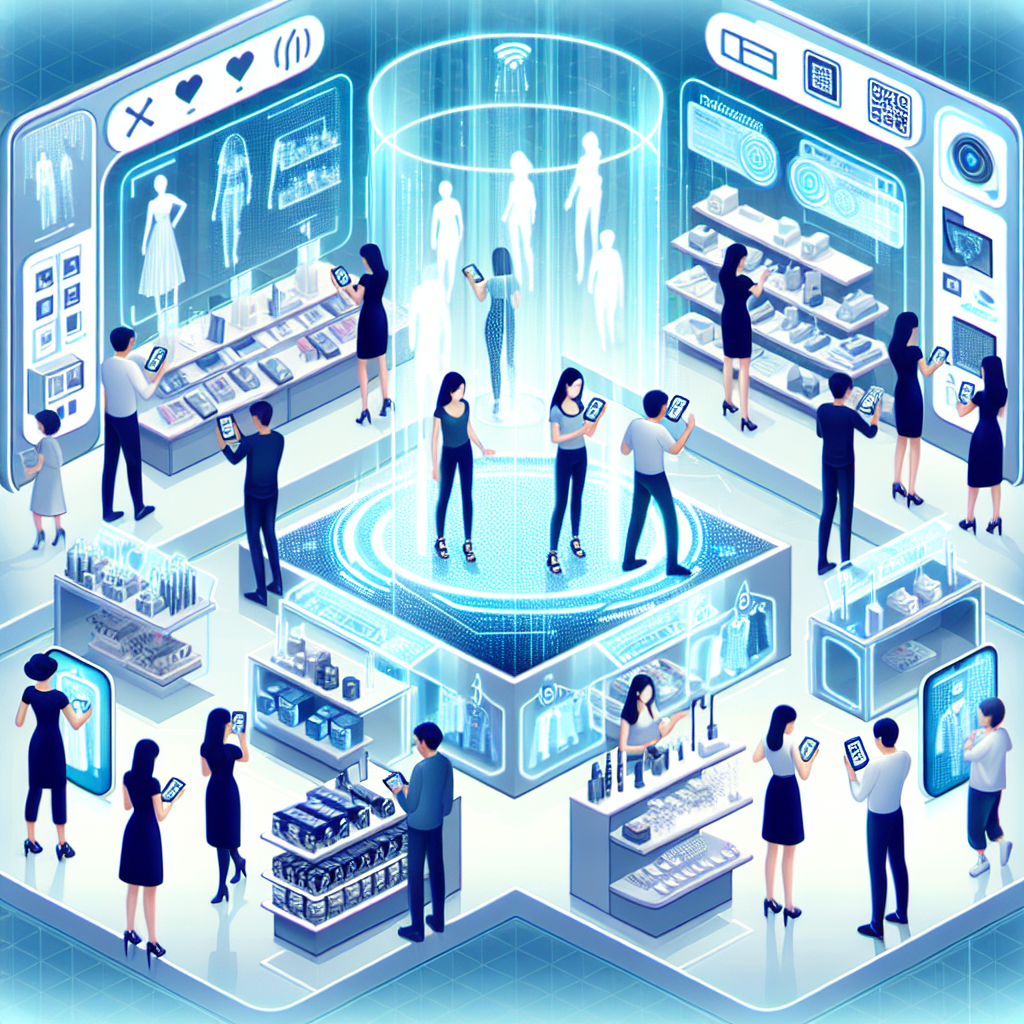Your cart is currently empty!
The Impact of Augmented Reality on Retail: How AR is Transforming the Shopping Experience

Augmented reality (AR) is revolutionizing the retail industry by transforming the way consumers shop and interact with products. This cutting-edge technology combines the real world with computer-generated images and information, providing an immersive and interactive shopping experience for customers.
One of the key ways AR is impacting retail is by enhancing the in-store experience. Retailers are implementing AR technology in their brick-and-mortar stores to allow customers to virtually try on products before making a purchase. For example, clothing retailers are using AR mirrors that overlay virtual outfits onto customers’ reflections, allowing them to see how the clothes fit and look without actually trying them on. This not only saves time for customers but also eliminates the need for fitting rooms, reducing the risk of spreading germs in the current pandemic environment.
AR is also being used to create virtual showrooms and product demonstrations, giving customers a 360-degree view of products and their features. This helps customers make more informed purchasing decisions and increases their confidence in the products they are buying. For example, home furnishing stores are using AR to show customers how furniture pieces would look in their homes, helping them visualize the end result before making a purchase.
In addition to enhancing the in-store experience, AR is also transforming online shopping. Many retailers are incorporating AR technology into their e-commerce platforms, allowing customers to virtually try on products from the comfort of their homes. This not only increases customer engagement but also reduces the number of returns, as customers can see how products look and fit before making a purchase.
Furthermore, AR is being used to create interactive and personalized marketing campaigns. Retailers can use AR to create immersive experiences that engage customers and drive brand awareness. For example, beauty brands are using AR to allow customers to try on different makeup looks virtually, while furniture retailers are using AR to show customers how their products would look in different settings.
Overall, the impact of augmented reality on retail is significant. By enhancing the shopping experience, increasing customer engagement, and driving sales, AR is transforming the way consumers interact with products and brands. As technology continues to evolve, retailers that embrace AR will have a competitive edge in the ever-changing retail landscape.

Leave a Reply